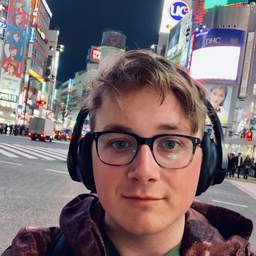16 Years of The Orange Box - how three games became a classic in one go
How The Orange Box changed the games industry
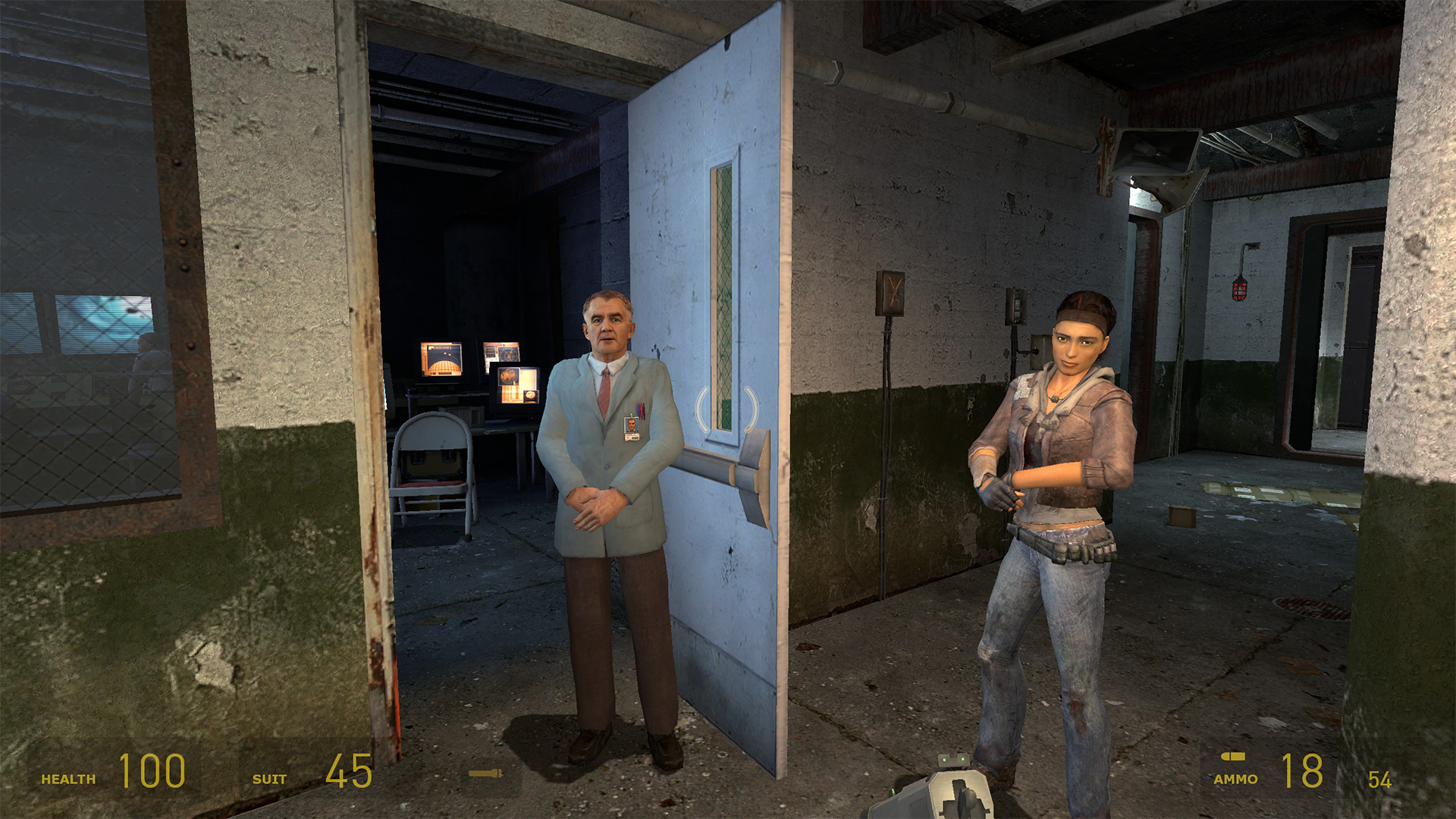
On October 10, 2007, Valve dropped a bundle of software. Whether they knew it or not, it would go on to make such an impact that its ripples can still be heard reverberating around the games industry some 15 years later. Ominously titled The Orange Box, this compilation boasted three games, all wildly different in style and ambition.
Half-Life 2: Episode Two was the next chapter in a paradigm-shifting sequel series, now known for being responsible for the medium’s most infamous cliffhanger. Team Fortress 2 was a sequel to a tremendously popular Quake mod that defined the framework for what we now know as the hero shooter genre.
It’s the patriarch of a clan that now dominates esports — Overwatch to Apex, Valorant to Siege. Oh, and you can’t forget Portal. Just one of the greatest puzzle games of all time, squeezing in there. It was a bold idea and, in hindsight, a ridiculously good deal.
A Pandora's box
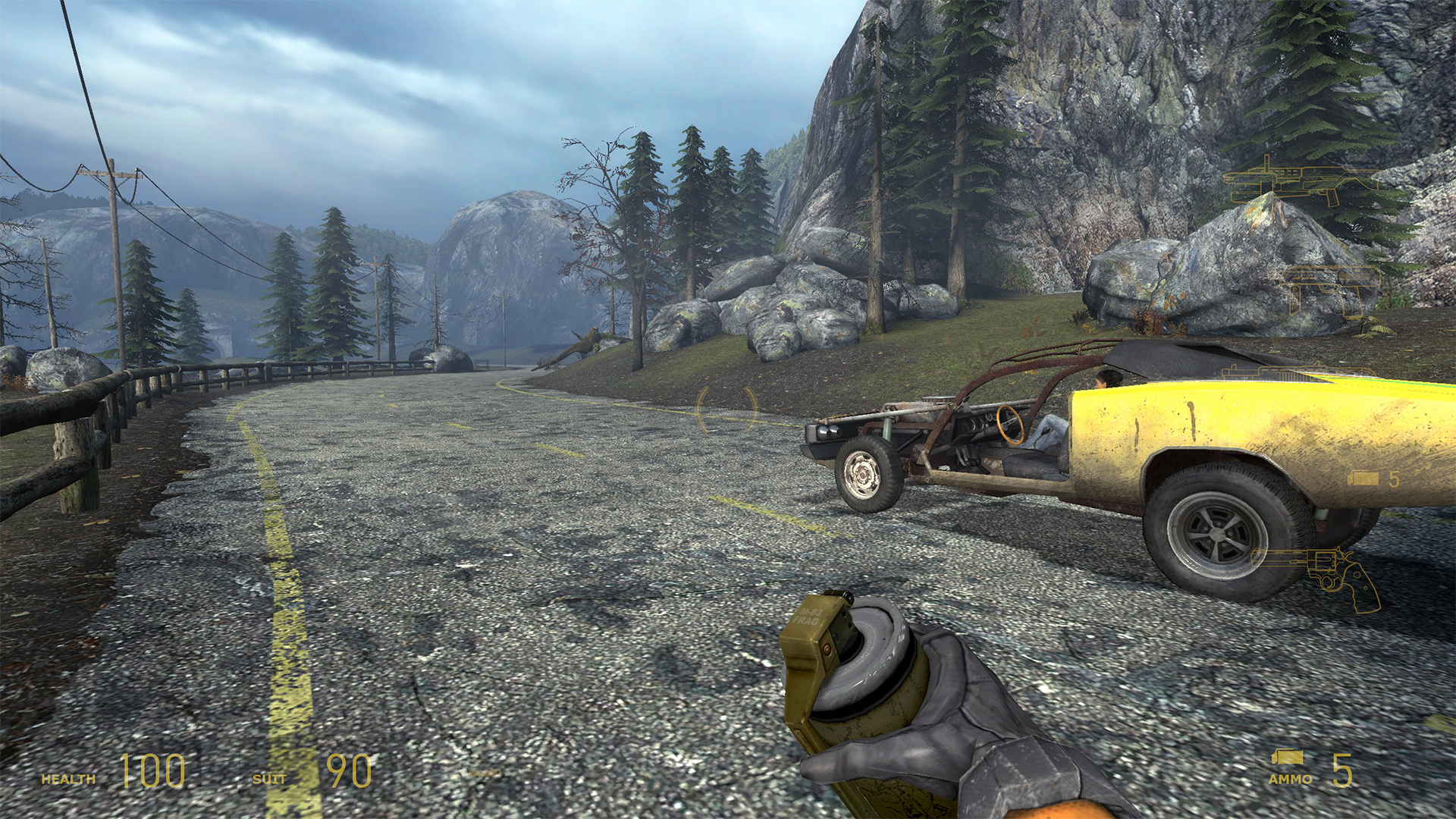
“We had released Episode One, and while it had a good reaction, the reaction wasn’t the knockout that proved episodic content was the total win,” said Chet Faliszek, who worked at Valve for 12 years between 2005 and 2017, writing on both Half-Life 2 episodes, Portal 1 & 2 and the Left 4 Dead series. “The team had noticed projects like SiN Episodes (2006) among others, that were experimenting with episodic game delivery. The thought was as simple as this — how do we make something that is such an amazing deal you can’t help but buy it?”
That thought clearly worked. The Orange Box sold like hotcakes, especially as word got around about how great the rest of the package was, beyond the heavy hitter Half-Life sequel that was initially driving interest. I remember pre-ordering it to access the TF2 beta, a game that I would go on to clock 383 hours in during my early teens. And let’s be real — that’s child’s play relative to the more devout players, part of a strong community that keep the game alive even today. I also saw it as a great chance to get up to date on Half-Life 2, a game I had read so much about on forums and gaming news websites but was previously too young to play.
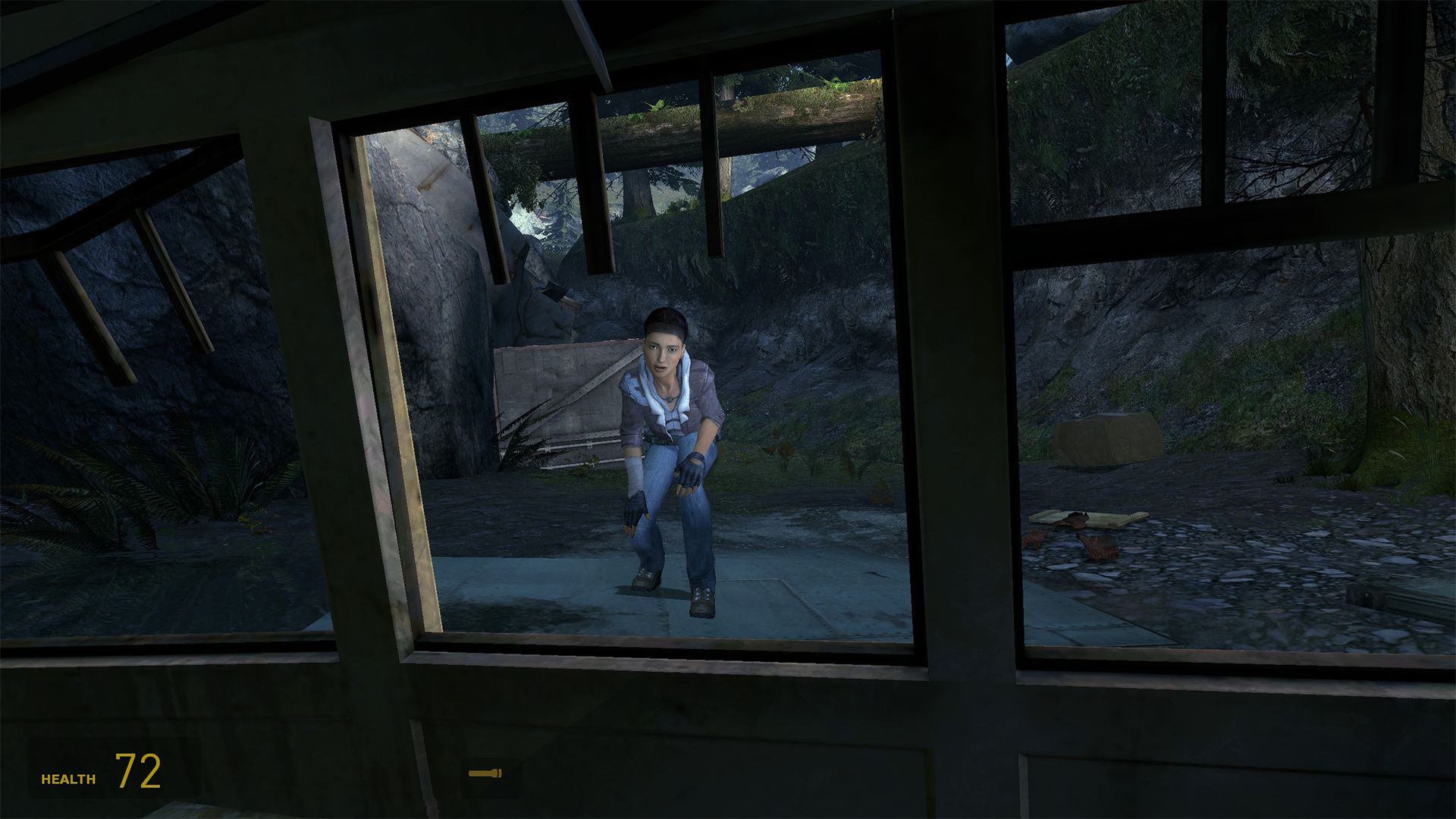
Faliszek recalls working on the tantalizing climax of Episode Two, which saw Alyx and Gordon’s plans derailed by a pair of deadly Combine Advisors. “We had all just gone to see Children of Men, and that ending - where it ends a beat before your brain expects - stuck with us, and we brought it to Episode Two,” he said. “I still remember the late-night conversation around it and then, as always – let’s put it in and test it.”
“This will sound strange from the outside, but at one point an artist loosely tied to Portal made the pitch that the world should have dead bodies in it,” he continued. “That felt alien to many of us, heck all of us, but they were adamant about it so we asked Gabe (Newell, Valve President) to weigh in. We called a meeting and Gabe asked what we were discussing – he was so incredulous that someone would suggest it that he didn’t believe it was a real question - he simply said - ‘why would we do that in an incredulous way?’ That answered that, and we spent the rest of the meeting talking about how awesome it was shaping up,” Faliszek continued. “Then the overall tone really came into focus when (Episode One and Two, Portal series writer Erik Wolpaw) and the team nailed the ending – it wasn’t just a harder version of what you played, but it was the end of the story.”
Get daily insight, inspiration and deals in your inbox
Sign up for breaking news, reviews, opinion, top tech deals, and more.
Like many, the ending left my head spinning. Half-Life 2: Episode Two stands alone (no pun intended) as one of the greatest story-driven first-person shooters, a tradition that has since gone out of style, for the most part.
Teaming up to make a Fortress
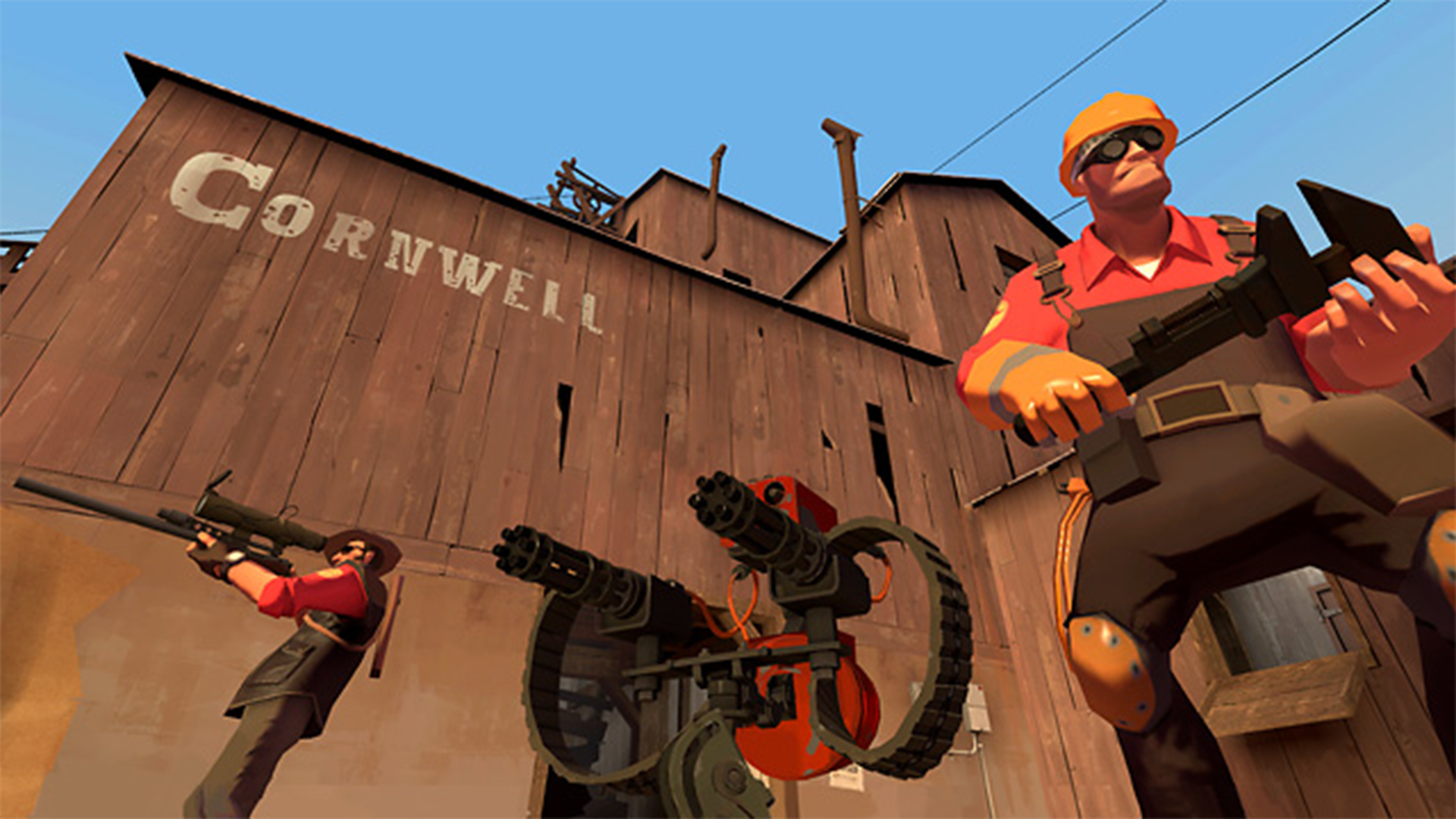
It’s hard to think of a game that has entwined itself so successfully with the internet and meme culture than Team Fortress 2. The game is memorable for plenty of reasons — in particular, I remember the noise the menus would make when servers started to chug — but the ‘Meet the Team’ series of animated shorts was groundbreaking in how it humanized virtual characters in a strictly multiplayer game.
Nowadays, having an introductory featurette for a new hero is an expectation. As a concept it’s nearly trite, and many attempts lack the sincerity of Valve’s approach in the late noughties, when they carved names like Heavy and Pyro into the annals of video game history. Valve’s ultimate flourish was in giving players the tools (Source Filmmaker) for free, to make their own versions of Meet the Team and countless custom community memes in tow. A masterclass in growing goodwill in your player base.
When considering Team Fortress 2’s legacy, it’s hard to ignore how it tread new ground in the realm of virtual economies with the in-game hat market, and Valve’s development of the Steam Marketplace. I personally spent hours on end in trading servers, copy-and-pasting my wants and needs and trading up from crates and keys to earbuds and my first unusual hat (An Orbiting Planets’ Napper’s Respite) which I loved like a virtual son until I inexplicably traded it for games I couldn’t afford at the time, like Dead Space 3 and Aliens: Colonial Marines.
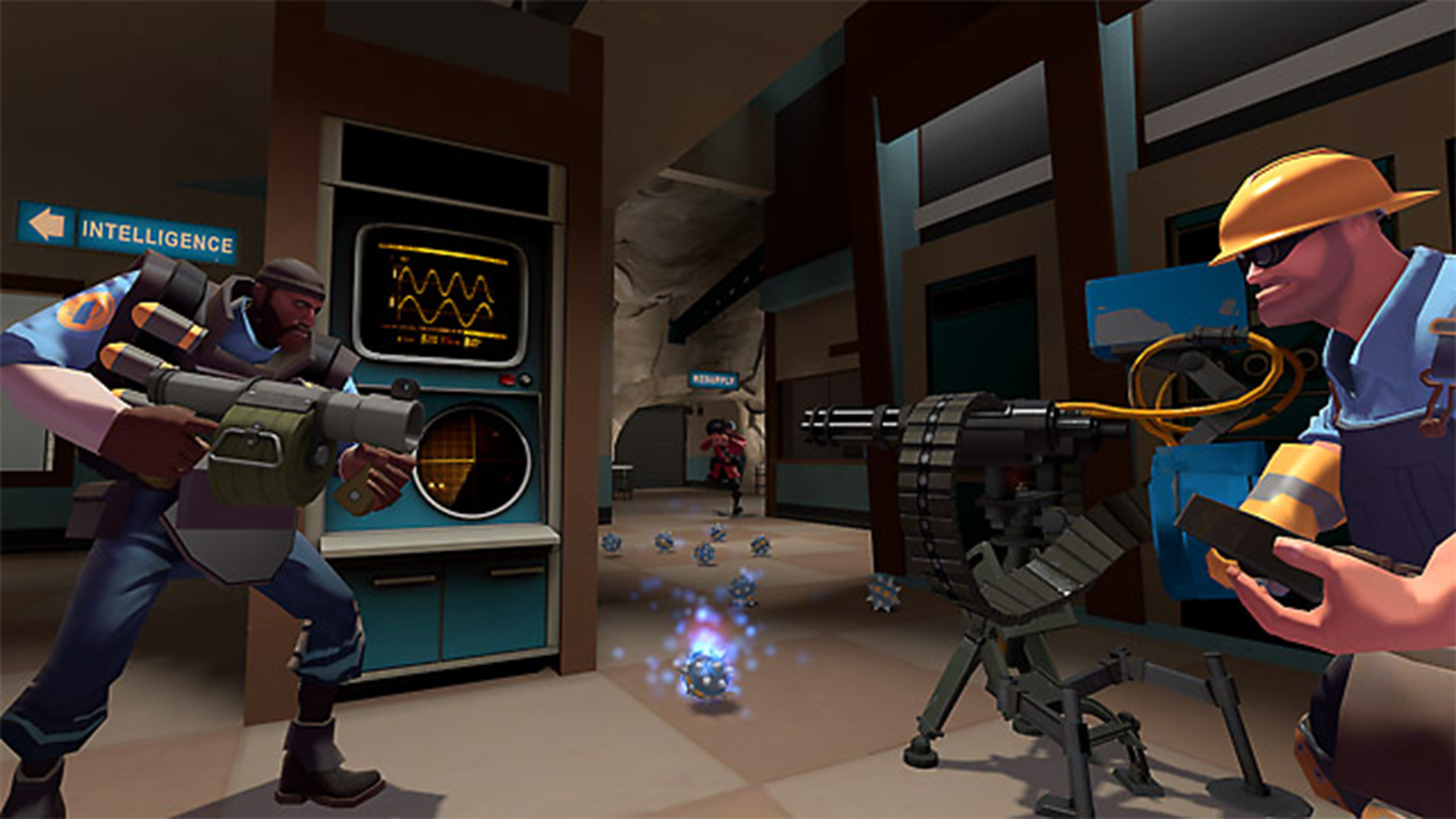
From getting scammed to pulling off favorable swaps, It taught me important lessons about online finance in my teens. In 2022, it’s hard not to look at the hat economy as a hopeful utopia of virtual cosmetic attachment with user-generated and supported assets, at least compared to the grim desert of cringe late-capitalist metaverse merchants.
“It was all about building a long-term relationship with the players,” Faliszek said. “With the NFT/WEB3 crowd - it all feels like they are putting the horse before the cart. It is all about - and now we can make money - so much money - not - hey is this cool in the world, do I feel an attachment to it as I do with some of my customization in TF2?” “And once you introduce a way to eject cash from a system like that, you are incentivizing people to not play the game or experience the world but instead you are teaching them to optimize their path of monetization,” he continued. “It’s gross, it’s like all the bad sides of free-to-play mobile got excited about it because they already treated players poorly and only looked to them as a revenue stream, not someone enjoying the experience.”
In Faliszek’s eyes, this community-first approach to worldbuilding has meant that the legacy of Team Fortress 2 has surpassed even that of Portal. “People not just wanting to live in a world for a year or two but for decades… we saw that with Counter-Strike, but it was different with TF2. People celebrated the world, the characters, everything. I think some of our shooters got a lot more personality after that.”
Even so, it’s difficult to quantify the impact that two blue and orange ovals could have on an entire industry. Faliszek says that the internal team were “always excited” about the prospect of giving Portal to the world, but due to everyone being heads-down on various aspects of The Orange Box, it wasn’t until testing that it became clear how special it was. “Special enough that it was disheartening to read the reaction to The Orange Box pre-release, where Portal was dismissed as a ‘throwaway student project’,” he said.
Finding the cake
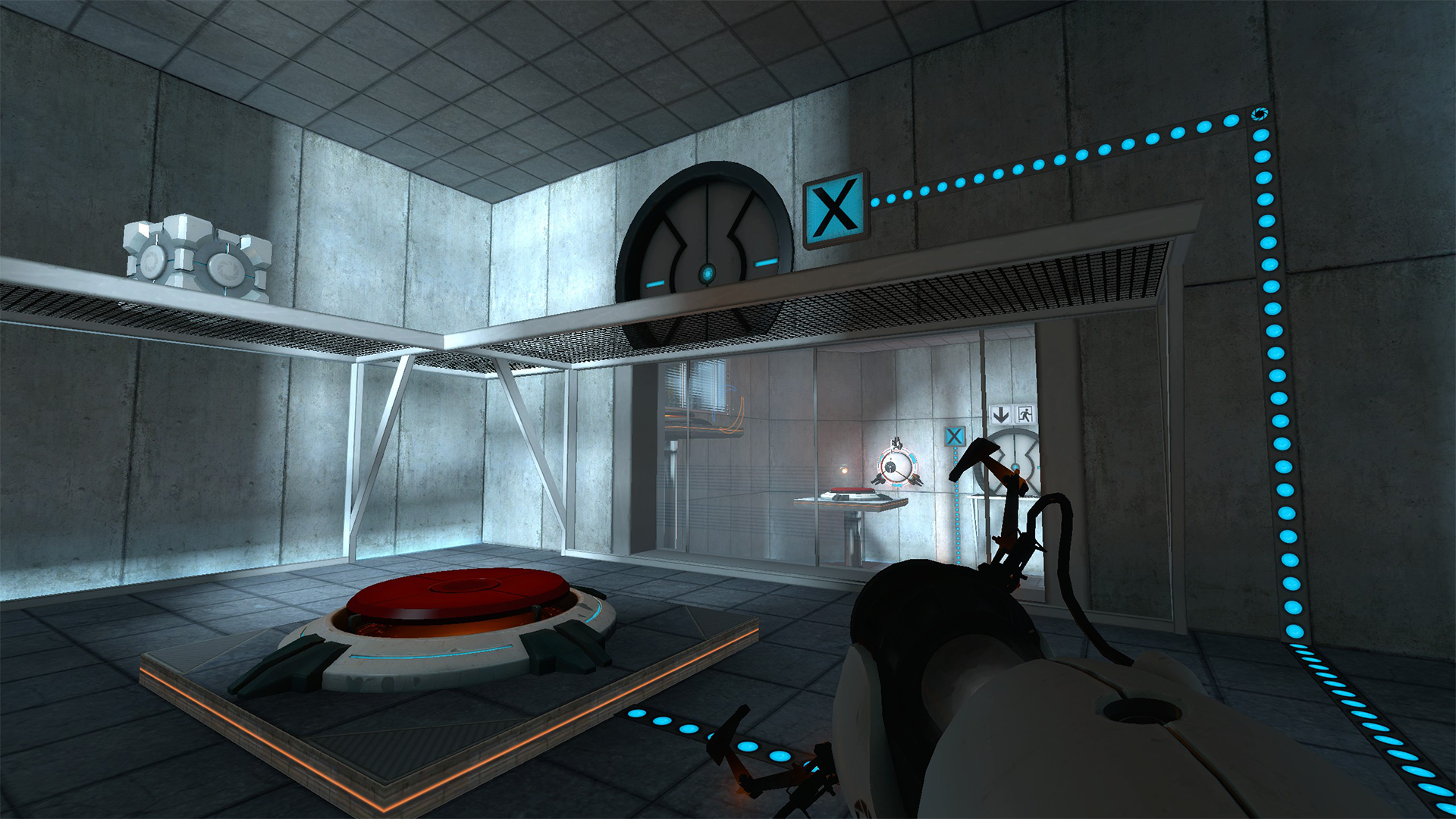
As we all know, Portal was a monstrous hit following its release and spawned an incredible sequel in Portal 2. It’s a household name as far as video games are concerned — so much so it was referenced in The Walking Dead.
In particular, the series’ somewhat ominous ties to the Half-Life universe always captured my imagination from a world-building perspective, though Faliszek thinks this was “mostly Erik (Wolpaw) wanting to make fun of Black Mesa”. Faliszek also told me that a TikTok star recently reached out to show him their Portal cosplay. Its legacy is clearly enduring, then, and the idea of a Portal 3 still sets imaginations ablaze. Wolpaw recently said he had a “pretty awesome” idea for where it could go if Valve could find the time to make it amid its many projects.
Unspoiled by message board back-and-forths about cake-based secrets, Daniel Stubbington managed to go into Portal blind in his late teens. “I fondly remember staring at the first portal in the game, just amazed at how good it looked. The opportunities and excitement were running through my head before I had even entered the next area.”
Formerly a video editor and cinematics artist, Stubbington jumped into Unreal Engine solo development in 2019. Feeling inspired after watching Christopher Nolan’s TENET, he wanted to build a puzzle game prototype based on the concept of rewinding time. The result was The Entropy Centre, an atmospheric debut in the same vein as Valve’s puzzler, where you reverse objects through time to solve tricky puzzles in the wake of an extinction event.
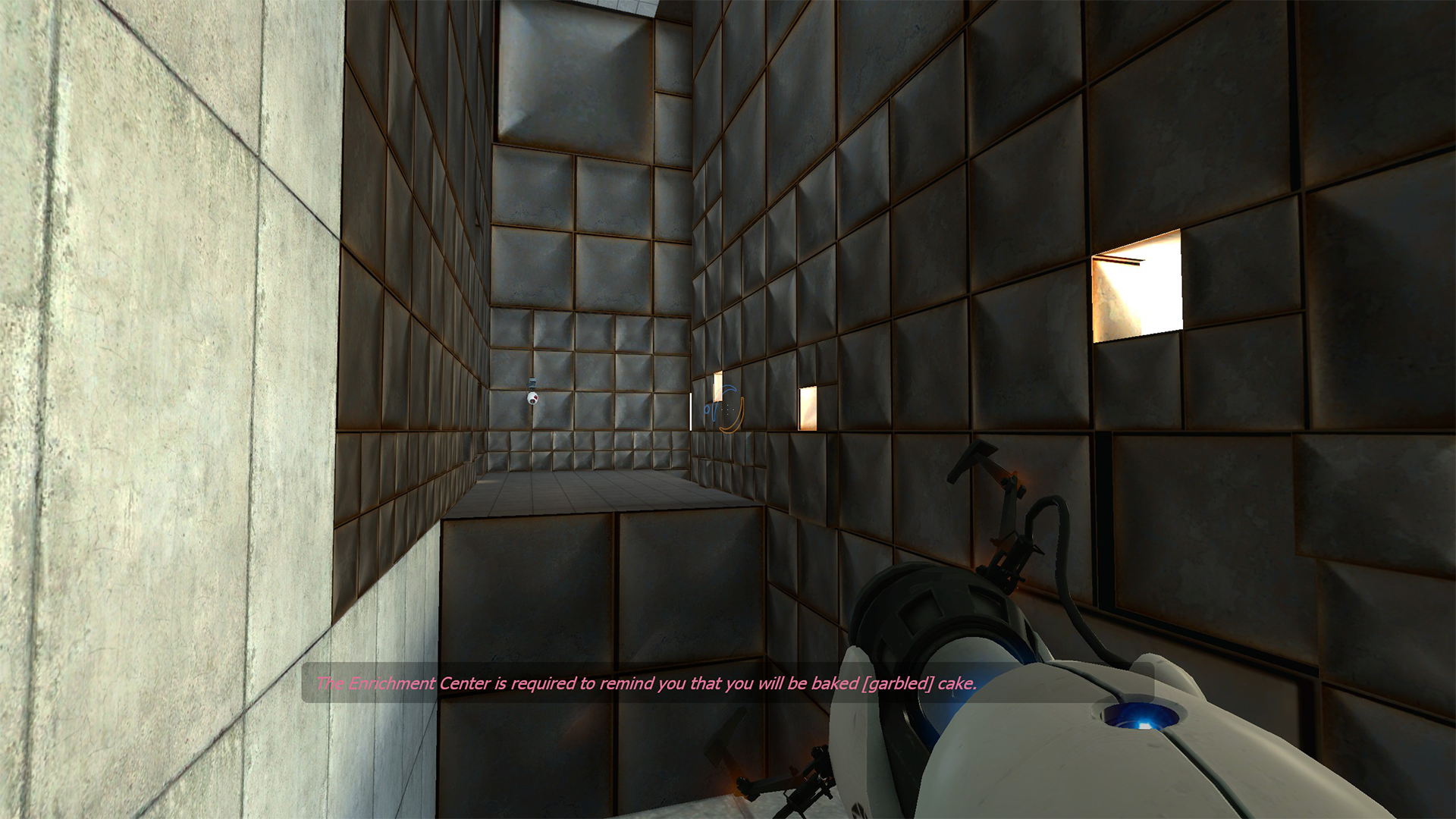
“I was really worried throughout the development of the inevitable Portal comparisons,” Stubbington said. “I think the first-person genre is crowned and almost dominated by the Portal series. It means it is very hard to break into without being labeled as an imitator or rip-off; whether your game has a portal puzzle mechanic or not. For me, I just felt like the genre still had some untapped potential.”
Clearly, it did. The Entropy Centre launched to much critical acclaim in November, and currently holds a 93% positive rating on Steam. “What inspired me most from Portal is the relationship between the core puzzle loop and the adventure of the game,” Stubbington said. “Whilst other first-person puzzlers go beyond a straight puzzle loop experience, I felt there hadn't been a game that really scratched that puzzle-adventure itch. This was my aim with The Entropy Centre, to create an interesting mechanic that went beyond just puzzles, and to create an interesting game world around it.”
Now that the dust has settled, Stubbington is taking a well-earned break, but due to the strong reception to the game and how much he enjoyed its development, coming back to the world isn’t out of the question. “My philosophy with games is that I don't want to make something for the sake of it. I have to really believe in an idea for it to be viable. A sequel is enticing, considering the wonderful reception to the first title. So we will have to see…”
Consciously or subconsciously, The Orange Box and its iconic games continue to influence the games industry some 15 years after it launched. You can see its DNA in sweeping trends and spiritual successors, like The Entropy Centre. Hell, with Valve making single-player software again, we might even see some follow-ups. Here’s hoping there’s another box bundle on the horizon, but it’ll have one hell of a pair of shoes to fill.
Jordan Oloman is a journalist and documentarian with experience across the pop culture/tech spectrum writing reported features, reviews. news, guides, op-eds and more for a wide variety of outlets. He is also an affiliate streamer on Twitch and have previous experience in scriptwriting, podcasting, game consultation and creating video content.
